No one maintains that the tomb of Joseph Caiaphas, discovered just south of the Old City of Jerusalem at Abu Tor on a cold November day in 1990 can not be the tomb of the New Testament High Priest Caiaphas because they believe that Caiaphas was taken bodily up to heaven, or that the inscription is too sloppy, or that he would have been buried in a more monumental tomb given his status.
Language is as tricky and misleading as it is vital and essential. This is so much more the case when it comes to controversial topics such as evaluating the Talpiot tomb with regard to its possible identification as the family tomb of Jesus of Nazareth. If we were talking about the tomb of a Hillel or a Socrates that had been potentially discovered in Jerusalem or Athens, much of the discussion, and thus the language, would dramatically shift to neutral.
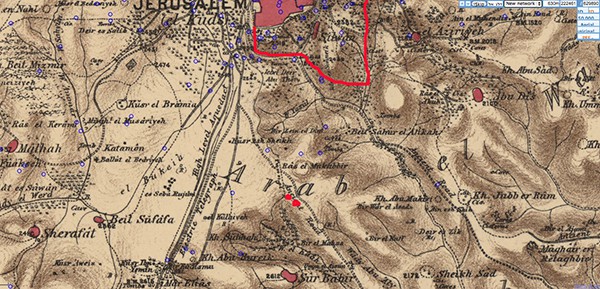
A helpful analogue is the 1990 discovery of a tomb just south of the Old City with ossuaries and inscriptions that some excavators and scholars identified as the family tomb of Caiaphas, including the bones of a Joseph Caiaphas, the same name as the high priest who presided over the trial of Jesus according to the gospels. Is it possible, or even likely, that this tomb is that of the Caiaphas of the New Testament? Is the evidence compelling? What are the objections and problems with such an identification? Most of that has now been sorted out, but no one maintains that it “can’t be” the tomb of Caiaphas for theological reasons–that he was taken bodily to heaven. There are in fact a few scholars who have questioned the identification with the N.T. Caiaphas. They have argued that the evidence is not sufficiently compelling to draw that conclusion, and would hold it is “a Caiaphas” family but not necessarily the Caiaphas family. I am aware of no one who has argued that it “can not be” the Caiaphas family tomb.
With the Talpiot Jesus tomb things are dramatically different–and understandably so. Because the topic is so potentially “hot” various sides have much invested in the outcome. For many, even among the scholars who have weighed in on the topic, their declared belief that Jesus rose bodily to heaven, precludes from the outset, even before any examination of evidence, that this tomb belonged to Jesus of Nazareth. Most of the academics in this category would affirm that such beliefs have absolutely nothing to do with their position that this “could not be” the Talpiot tomb. There are other sensitive issues such as a potential backlash of antisemitism, since this tomb is part of an official excavation of the Israel Antiquities Authority (Dept of Antiquities in 1980). Is holding custody of a “tomb of Jesus,” and dealing with bones of the Holy Family, really something that the Jewish State of Israel needs to be involved in? There is also a tendency among scholars to avoid sensational topics, particularly those vetted in the media (“Ark of the Covenant” “Gold of the Exodus” “Holy Blood, Holy Grail” “The Davinci Code”), so that to suggest serious consideration of this ultimate “sensational” site, a family tomb of Jesus, is bound to generate lots of scoffing and outright dismissal. The Academy is accustomed to consider far more standard subjects. And then there are the skeptics and anti-Christian folk who would dearly love it if the tomb of Jesus were found, as a way of poking the eye of evangelical and orthodox Christian believers. Finally, in a matter this sensitive, where there are no in situ photos of the excavation with the ossuaries intact, no bone reports, no official DNA tests, and no correlation record of where in the tomb a given cataloged ossuary was found, those responsible have been put on the defensive to explain the hows and whys, with resulting emotions and tensions.
Consider the following three statements, from one single prominent academic colleague who has written extensively on the Talpiot Jesus tomb:
- “I think we have to remain open to the possibility that this tomb is that of Jesus but so far we are lacking compelling evidence and many of the assertions of the film have been shown to be questionable.”
- “There is a near universal scholarly consensus that the Talpiot tomb could not be the Tomb of Jesus”
- “My conclusion is that in no way can we say that the lost tomb of Jesus is the same as the one in East Talpiot”
Is this to say then such an identification is possible but not compelling, or “impossible.” The language is not clear. Others have said the identification thesis is “possibly but not likely,” “very improbable,” or “unlikely.”
Always in the background, and often in the foreground, is the March 2007 Discovery Channel TV documentary “The Lost Tomb of Jesus” and the publication of the book, The Jesus Family Tomb, both of which argued that the Talpiot tomb was indeed the tomb of Jesus of Nazareth and his family—including Mary Magdalene his wife, and an otherwise unknown “Judah, son of Jesus,” their son. [1]The Discovery Channel film was produced by Simcha Jacobovici and James Cameron and the book was coauthored by Simcha Jacobovici and Charles Pellegrino, The Jesus Family Tomb: The Discovery, the … Continue reading It is entirely possible to question any number of the theses or assertions in the film but nonetheless to conclude that a scientific evaluation of the tomb itself does yield evidence in favor of the Jesus family identification. It might be beneficial to try and move the film from the center of the academic discussion, whether one views it as good, bad, or ugly. The heated emotions, provoked by the film, have seemed to shift the agenda to the filmmakers rather than an evaluation of the site.
All this aside it seems to me that we have the following range of language that might help shed some light on “Evaluating the Talpiot tomb in context,” to pull a phrase from the title of the 2008 Jerusalem Symposium. The papers from this important conference are now published by James Charlesworth in his edited volume, The Tomb of Jesus and His Family? Exploring Ancient Jewish Tombs Near Jerusalem’s Walls, Fourth Princeton Symposium on Judaism and Christian Origins (Grand Rapids/Cambridge, UK: Eerdmans, 2013). I highly recommend interested readers get a copy of this volume and read it through carefully. The volume runs over 500 pages with abundant illustrations so it is well worth the price. After the conference several scholars who attended published a statement denying that the evidence for any identification with Jesus of Nazareth was convincing, though since some of the “signatories” have subsequently clarified that they do not agree with the statement and their names were mistakenly included. See the Duke University blog here and be sure to read the comments (especially that of Itamar Bernstein), as well as my own formal response on the SBL site here.
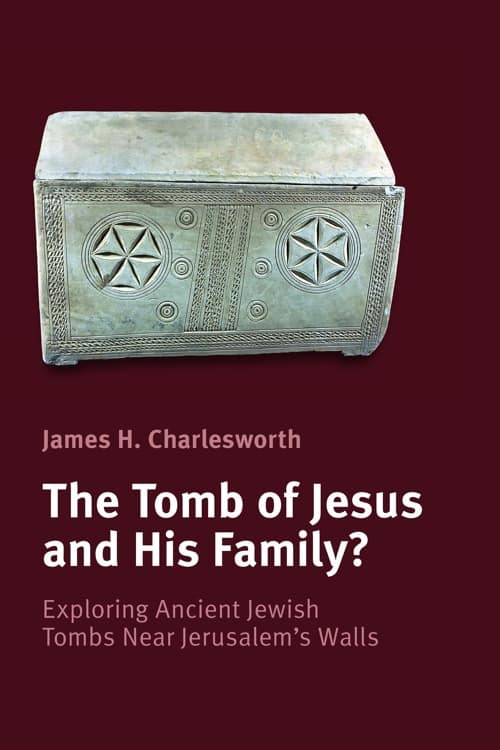
Given the question: “Can the Talpiot tomb arguably be identified with a family tomb of Jesus?” one might propose the following grid of responses, beyond “Definitely not.” After all, one might hold that such an identification is “definitely not” supported by the evidence, yet still consider it possible but just not proved. Or, another might totally reject the identification for compelling negative reasons.
- Impossible: strong negative evidence to the contrary
- Improbable: weight of the evidence does not support the thesis with some negatives weighing against
- Possible but not compelling: evidence in favor is there but just not enough data and information to so conclude
- Possible and compelling: bulk of the evidence fits with no serious negatives
One of the clearest ways of approaching this issue is just to list the positives and the negatives. If indeed, as some have argued, Jesus could not have been buried in a rock hewn tomb, or in Jerusalem itself, then clearly this “could not be” the tomb. However, there is a wide range between “could not be” and “not enough positive evidence.”
I want to point out that I am using “possible” in the scientific/academic sense, not in the unrestricted sense, “Well, anything is possible.” One might say, for example, it is “possible” that atoms move because they are pushed by invisible demon forces,” and there is no way to “falsify” such an assertion. But in the world of science, such a “hypothesis” can not be taken seriously. In terms of the Talpiot tomb, the notion that this “could not be” the Jesus’ tomb because he was taken bodily to heaven is not on the academic table, so that the “anything is possible” refrain does not apply.
The Encyclopedia Britannica offers the following on the all-important “Principle of Falsification,” which is the bedrock of science. Those of us who are historians, working in the “soft sciences,” utilize this principle as an ideal, though often we have no methods for testing:
“Being unrestricted, scientific theories cannot be verified by any possible accumulation of observational evidence. The formation of hypothesis is a creative process of the imagination and is not a passive reaction to observed regularities. A scientific test consists in a persevering search for negative, falsifying instances. If a hypothesis survives continuing and serious attempts to falsify it, then it has “proved its mettle” and can be provisionally accepted, but it can never be established conclusively.”
What I have suggested is that we begin with a “hypothetical pre-70 CE tomb of the Jesus family,” and then compare it to the Talpiot tomb. This is the method I pursued in my article, “Testing a Hypothesis,” published in Near Eastern Archaeology way back in 2006. I have not found reason to change my mind, but to the contrary, since that paper was published the evidence that can be brought into consideration using this method has greatly expanded, see the book, The Jesus Discovery, and summarized in my ASOR paper here.
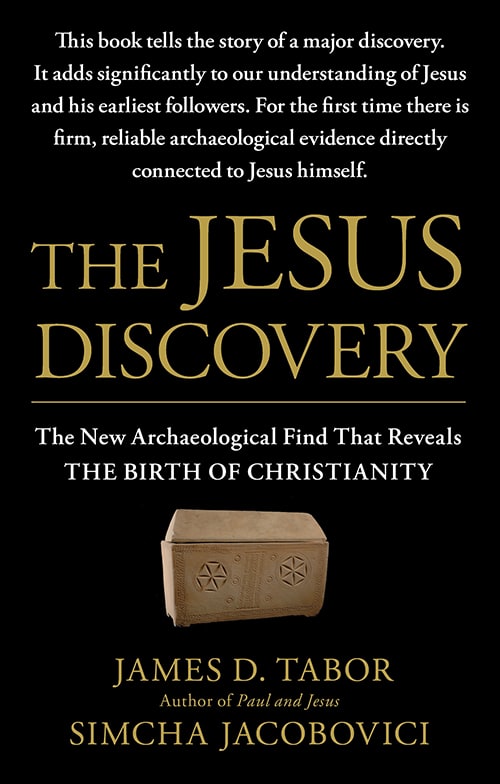
Such an approach does not mean that the results are merely “hypothetical,” in some reduced sense of the term, since all scientific and historical conclusions are by definition hypothetical. Just to pose the question: Can we identify this tomb with that of Jesus?” already presupposes we are considering something “hypothetical.” One has to have a method, otherwise one’s conclusions can tend to be impressionistic and unsystematic.
The use of the principle of falsification, so much as the evidence allows, offers a way to bring some clarity into our deliberations. Working with the historically constructed model of a hypothetical “Jesus family tomb” does not mean that one begins with the assumption that the Talpiot tomb is that tomb, thus “stacking the deck” in favor, as some have argued. This is simply the way that science proceeds, never with certainty, but one hopes, as my teacher Jonathan Z. Smith used to say, “in the direction of the truth.”
What this means, in the case of the Talpiot tomb, is that falsifying or negative instances, of sufficient force and certainty, would make impossible or highly improbable the identification with Jesus. What one must then do is “test” all possible “falsifications” against the evidence we have, as best we can.
A few of the proposed falsifications most often voiced by colleagues are the following:
- Jesus could not be buried in Jerusalem at all, his family tomb would be in Nazareth
- Jesus would have been put in a trench grave, not a rock-hewn tomb
- Yose is a very common form of Yehosef and thus carries no statistical weight
- Jesus of Nazareth was never married and thus could not have had a son named Judah
- Jesus was buried in the location in the Church of the Holy Sepulcher so could not be in a tomb in Talpiot
If any of these could be established and be of sufficient weight to falsify the hypothesis being tested then one would have to conclude, depending on the certainty of the falsification, that the Talpiot tomb either “can not be” or “is highly unlikely to be” that of Jesus. So the question is, are these “falsifications” sufficient and valid? The fact is all of them have been shown to be invalid despite their constant repetition by critics of the “Talpiot tomb theory” as it is often called. We address each of these in detail in The Jesus Discovery.
Unfortunately, in the case of the Talpiot tomb there are any number of “falsification” possibilities that are not available to us–full DNA testing, examination of the bones in the tomb, and documented evidence of the positioning of the ossuaries in situ. If we even knew how the 10 ossuaries were grouped in the niches of the tomb it might tell us volumes about the relationships between the six named individuals. The tomb adjacent to the Talpiot tomb, now explored in a preliminary way by camera, has in fact brought us significant new evidence to supplement our addressing the question, “Is this likely the family tomb of Jesus?”


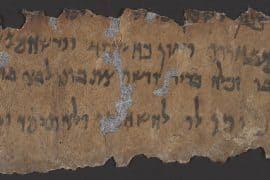




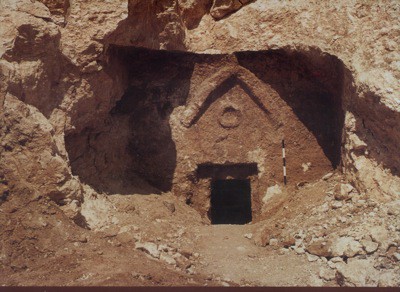
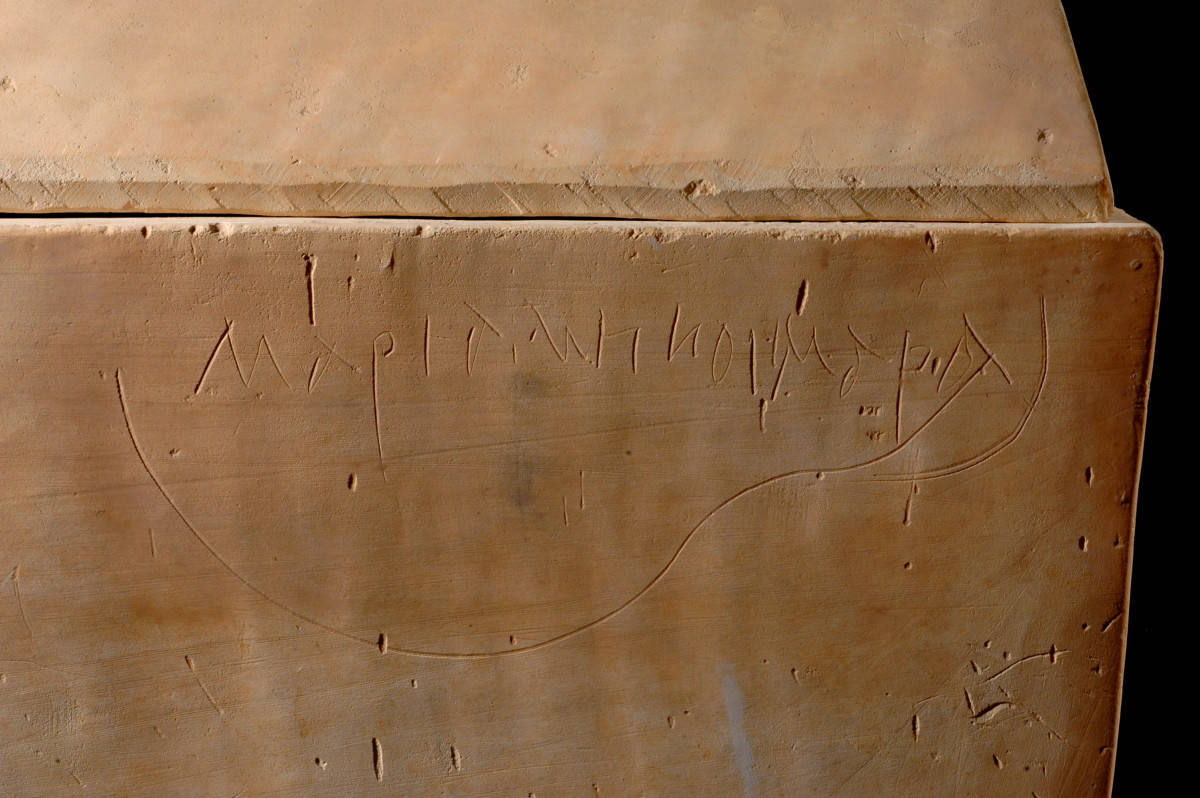
Comments are closed.